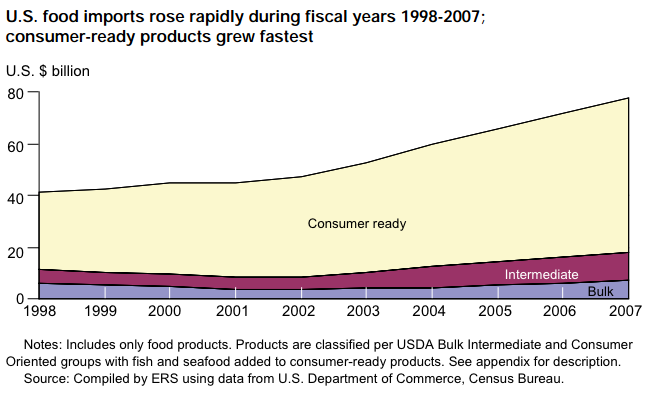Imagine you’re a parent thinking about which private school to send your child to. You’re looking at School X and it seems like a great fit; it’s close, inexpensive, great teachers, etc… But as you peruse the school’s website you’re suddenly shocked to find a horrifying statistic. In 2008 the school had 20 students out sick, 40 students out in 2009 and then a whopping 80 students out sick last year! Looks like an epidemic! “There’s no way I’m sending my kid to that sick ward!” Looks like you just made your decision, right? But what’s the missing factor in your decision matrix? What you failed to factor in was the size of the school for each of those years. As it turns out the school bought more property and increased enrollment every year, more than doubling it’s student body in those 3 three years. So it turns out that proportionally the school had the same amount of kids out sick every single year… no epidemic! This failure to account for the denominator in a ratio is a major shortcoming in the discussion (government and private sector) regarding imported vs. domestic foods.
Is Imported Food Becoming More Dangerous?
Recently the CDC reported numerous statistics regarding an “increase” in foodborne outbreaks associated with imported foods. People are now worrying about these stats but there are some salient questions to ask here: For instance, does a quantitative increase reflect an increasingly more dangerous supply of imported food? The above example about schools explains the limited conclusions you can draw from an example involving a sample population that is increasing in mass over time. Yet the CDC, FDA and many in the press make a similar mistake when evaluating the status of imported food safety without considering the increasing size of the denominator in the ratio. FDA and CDC even went so far as to make the totally inverse conclusion that imported food is more dangerous when, in reality, domestic foods have been the cause of most of the worst food safety outbreaks in the last 10 years. (Look at this slideshow: 9 out of 10 are domestic).
Buy Eat American?

Chart Courtesy of USDA
While approximately 20% of the U.S. food supply is imported, 70% of seafood and 35% of fresh produce consumed in the U.S. comes from imports. What’s notable however is the fact that the percentage of food imports is increasing each year. A USDA report on export growth from 1998 – 2007 showed almost universal (and substantial) growth in the volume of imports from everything from seafood to nuts to grains. Almost every category of imports showed value increase in the billions of dollars. Note that is a value increase – not a numerical increase. This raises a second question: Whether FDA, CDC or even Customs and Border Protection can even tell you how much food is being imported.
The FDA and CDC know this, of course. So this is no mistake – and that’s the part that is offensive. The government agencies put out a report announcing, in absolute numbers, food borne outbreaks associated with imported food knowing full well that the number that matters is the ratio of food borne outbreaks to the quantity of imported food consumed in the USA (perhaps contrasted with the number of outbreaks to the quantity of domestic food consumed in the USA). That would, perhaps, tell us something; but not much because quantifying the amount of food consumed in the U.S. in terms of its source (imported or domestic) is an impossible task – just ask Customs or FDA how much food (not in dollars, not in number of invoice lines, but quantity of food) is imported and they have no answer. There is a policy argument to make regarding whether that is good or bad – but it is the fact of the matter.
Summary:
Fact: Americans are consuming more and more imported foods.
Implication: As the volume of food imports increases the number of food borne outbreaks related to imported foods grows…proportionally. Doesn’t sound so earth shattering anymore, does it?
SOURCES
![]()
This article comes from a recent interview with Benjamin England and Food Chemical News. If you don’t know about FCN or subscribe please take a look.
http://www.ers.usda.gov/publications/fau/2009/08aug/fau125/fau125.pdf
http://edition.cnn.com/2011/09/30/health/high-profile-food-borne-illnesses-gallery/index.html
http://www.foodmanufacturing.com/news/2012/03/cdc-outbreaks-linked-imported-foods-increasing


